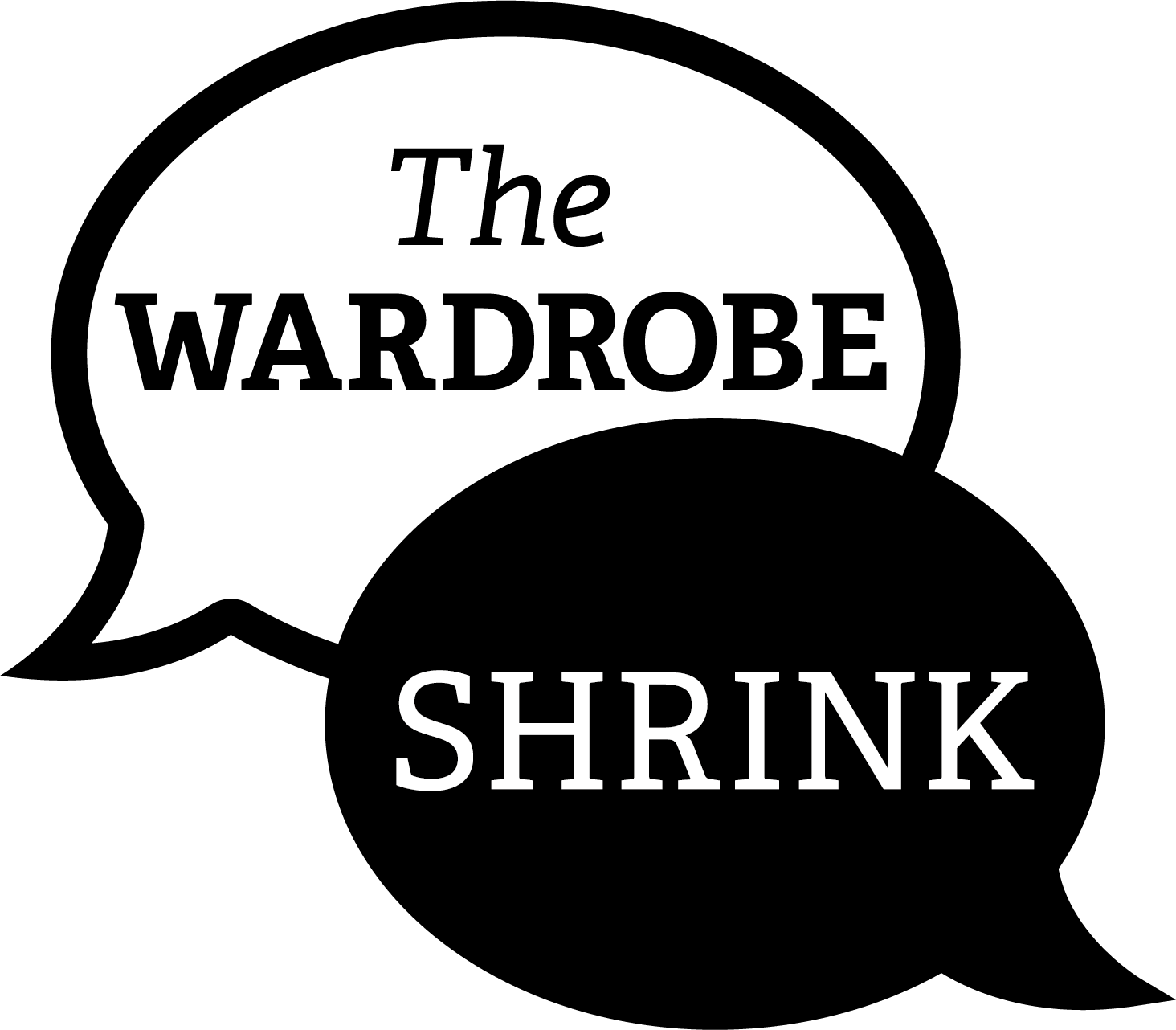Do you know what it really means to be Carbon Neutral?

You must have heard the term used a lot over the last few years, but how do we achieve full carbon neutrality? We recently collaborated with One Tribe, our climate action partner, to tell you what it is all about, and how we are using rainforest projects to become carbon neutral. . .
In June 2020, Apple CEO Tim Cook announced epic plans to make the entire company 100% carbon neutral. Saying the team would get it done by the end of the decade. That commitment made for a very ambitious roadmap that unveiled Apple’s plan to achieve net zero across the business. The announcement then followed suit from other tech giants like Amazon – which had already set its own carbon-neutral goal for 2040 – and Microsoft, who plan to remove more carbon than they emit by 2030.
How are we working towards becoming Carbon Neutral?
Sustainability has always been at the heart of Black White Denim. From launch in 2010 we have encouraged our customers to ‘Buy Now, Keep Forever’. As we’ve watched the rise of ‘fast fashion’ and become more aware of the delicate state of our planet, we have re-doubled our commitment to sustainability. Today we encourage you to ‘Shrink Your Wardrobe’ by buying fewer, better garments. That’s why every piece in our boutique has been chosen not just with longevity in mind but with versatility too and it’s no exaggeration to say that pretty much ‘Everything Goes With Everything Else’. Come to Black White Denim for a considered, quality capsule wardrobe.
We ask each brand we stock to complete a sustainability questionnaire that reflects the issues that matter to our customers. This not only allows us to benchmark them against their peers but also acts as an important encouragement to those brands to continue improving their approach to sustainability.
Our own-brand BWD Basics are manufactured in an ethical factory in the UK. All cotton used is organic (GOTS Certified) and all viscose elastane and micro-modal elastane fabric is from a sustainable source and is processed in the most environmentally way possible by fibre experts, Lenzing. Great emphasis is placed on achieving the best possible lay-plan with the least waste and any resulting small fabric cut-offs are reused for martial-arts bags or sent to local schools for crafting sessions.
Our re-useable jute bags are made in the UK by a Fairtrade, Sedex member supplier (BIDIBI) from materials that are Organic certified, Global Recycled Standard certified and BCI and GOTS approved. Our paper carrier bags are biodegradable with compostable handles, our mail packaging is recyclable and all our garment swing tickets are made from recyclable card & string. When current stocks run out, we will use sustainable swing tickets made from recycled card.
‘Carbon Neutral’ – Explained
First, you’ll need to understand what carbon neutral means. Carbon neutrality refers to the balance between carbon emissions and carbon sequestration (carbon sequestration happens when carbon is removed from the atmosphere and stored). Put simply, any carbon dioxide a company releases into the atmosphere — from activities such as energy production, transportation, and manufacturing — would also need to be removed for the business to be considered “carbon neutral”.
Why is carbon important to understand?
Carbon isn’t all bad. It makes up the basic building blocks of all organic life, from plants and animals, to soil and human beings. Much of our planet’s carbon is found in rocks and sediment. The remainder can be found stored inside living and dead organisms; in the ocean, as organic matter in the soil, and in the atmosphere. All of which are known as carbon “sinks”. When we talk about climate change, we often are talking about greenhouse gasses like carbon dioxide (CO2) – the primary greenhouse gas emitted through human activities. The main issue being that, while carbon is naturally part of our atmosphere, too much of it is toxic to both us and the planet. In 2019, carbon dioxide accounted for around 80% of all greenhouse gas emissions from human activities in the United States. Fortunately, natural resources (like the ocean and rainforests) can store and remove this carbon from the atmosphere before it reaches toxic levels.
Where is the most carbon being stored?
The ocean alone holds about 50 times more carbon than the Earth’s atmosphere. And fossil fuels, such as coal and oil, are essentially vast storage reservoirs that hold carbon from decomposed organisms that lived and died millions of years ago.The carbon cycle is sped up when humans burn fossil fuels from their cars or factories. Likewise, carbon stored in trees is also released quickly when said trees are cut down (the rate of deforestation between 2015 and 2020 was estimated at 10 million hectares per year). As a result of human activity, the amount of carbon released into the atmosphere has dramatically exceeded safe levels and our natural resources are struggling to keep up with balancing carbon emissions as CO2 levels continue to rise.
Climate change is a global problem
According to the Global Carbon Project an estimated 36.4 billion tonnes of fossil carbon emissions were produced in 2021. And when it comes to achieving carbon neutrality, recognize that there’s a global carbon budget for 1.5 degrees or a limit for us and industries to emit carbon or GHG resulting from our activities. Of course, we can’t keep emitting more and more carbon into the atmosphere and then think of its sequestration by all means possible. The concept of carbon neutrality or the NetZero mission through sequestration or other offsetting means is not and was never meant to be taken as a silver bullet for tackling the carbon impacts. Instead, this should be taken as something second on our priority list. This is because for now, we can’t achieve what is called the Gross Zero – a concept that dreams to completely eliminate the emissions from all our operations.
Having said this, the world needs to reduce average carbon emissions by two gigatonnes per year — that’s 5% of our total emissions from 2020 — in order to keep global warming to 1.5°C.
Why 1.5°C?
The UN’s body for assessing the science related to climate change – the Intergovernmental Panel on Climate Change (IPCC) – predicts that at 1.5°C degrees we will see extreme heat waves, severe levels of ocean rising, and the destruction of 70% to 90% of coral reefs. Coral reefs, also known as the “rainforests of the seas”, support more species than any other marine ecosystem. Though they make up less than 1% of the ocean floor area wise if spread, they are the home or habitat for nearly 25% of the total marine species. They also protect coastlines from storms and erosion and provide economic benefits through recreational activities or tourism. They protect fisheries that are beneficial for the local communities. Adding to this, they also hold several compounds that find use in the field of modern medicine. Now, if we talk about the GHG emissions, then already, the emissions from human activities have been responsible for about 1.1°C rise in global warming since 1850-1900. Ocean warming affects the ability of marine ecosystems to remove carbon dioxide from the atmosphere, not just because warmer water naturally absorbs less carbon dioxide, but also because it can cause distress to marine habitats that are built for cooler water. There’s also the issue of ocean acidification, which happens when the ocean absorbs too much released carbon dioxide from the atmosphere over a long period of time.
Sea levels could rise by an additional one to three feet
By the year 2100, the IPCC also estimates that sea levels could rise by an additional one to three feet, putting millions of people living along coastlines at risk and making many small island nations virtually uninhabitable. Higher global temperatures may also lead to drought, disrupting agriculture and exacerbating hunger or poverty. Stabilizing the crucial threshold of 1.5°C warming is still possible, but only through immediate and drastic global action.
Carbon offsetting helps make up for when emissions can’t be easily reduced
We are not in a position to completely eliminate the CO2 and other GHG emissions resulting from all our activities on earth – especially the Scope 3 emissions. Only Scope 1 and Scope 2 emissions are something on which we can work upon. To give you a brief on Scope 1,2 or 3 emissions, the three scopes basically lay down a framework for carbon measurement for its reduction and offsetting. Scope 1 emissions are the emissions resulting directly from company activities. Eg. production and company vehicles. Scope 2 emissions are emissions resulting from electricity use for example. Since these emissions are not happening on-site, these are indirect emissions but are still in control of an organization. Scope 3 emissions are also indirect emissions but organizations have little to no control over them. Eg. emissions from employee commute and supply chain activities. So, to achieve the goal for a greener, safer and sustainable earth, we can opt for Carbon Offsetting initiatives to compensate for the GHG gasses that are emitted either directly or indirectly into the earth’s atmosphere. We at One Tribe help companies to reduce specifically their Scope 3 emissions. Offsetting isn’t a magic pill for achieving the goals of sustainability. It’s not a “first emit and then compensate” scheme. We have to acknowledge that achieving sustainability is a journey and not an immediate destination in itself.
So first, we can try not to pollute our environment and try to reduce our emissions as much as possible from our side – from our business activities, supply chain and also on an individual level. When things go beyond our control or up to the point where we can’t do anything further, we need to go with offsetting initiatives for further reduction of our carbon footprint.
How carbon offsetting works
Carbon offset projects range from protecting oceans and forests and vulnerable communities to investments in sustainable agriculture and green power technology. This has made it easier than ever before to find a cause that aligns with individual or corporate values. Let’s take mangroves, for example. Mangrove forests and other coastal vegetation are some of the largest contributors to global carbon sequestration (sometimes referred to as “blue carbon”). That’s because the soils of marine plant habitats have a much higher rate of carbon absorption than most terrestrial ecosystems. Studies estimate that the world lost 62% of its mangrove forests between 2000 and 2016. Mangroves were mainly deforested in Southeast Asia due to factors like degradation and deforestation in response to rapid coastal population growth, aquaculture, and exploitation for timber production. Programs that conserve and protect these ecosystems have the potential to reduce emissions by thousands of tons of CO2 equivalents per year. Legitimate programs will provide a transparent, measurable reduction in permanent emissions that would not have happened otherwise. Many can be continually monitored, and are enforceable with laws to support emissions reductions.
Can we offset carbon around the world?
It really is possible that each and everyone of us can offset our personal carbon. To get the job done it is essential that we work with the planet to help maintain and contain carbon emissions and reduce our carbon footprint. If we can avoid reaching toxic levels of carbon dioxide, we will reduce the risk of flooding, tornadoes and other detrimental weather. We will become less affected by infectious diseases spurred by toxic levels of carbon dioxide. And we will be able to function more efficiently than ever before.
If you’re asking what it means to be carbon neutral then the answer is to take responsibility for man-made carbon emissions. Then work as hard as you can to neutralize as many of your personal carbon emissions/activities as possible, and the businesses you work at, whilst buying from brands that are on the same mission as you. Doing your part to offset your collective carbon footprints and doing your duty to our natural world.
Summary
Each product we sell generates a micro donation to One Tribe Global which is transferred to a verified rainforest protection project. Rainforests store and sequester CO2 from our atmosphere directly regulating and reducing climate change.
One Tribe is empowering us to make carbon footprint improvements, every purchase you make with us is helping to protect our planet. All purchases through the store generate a micro-donation, which protects 5 trees and stores almost 2500 kilos of carbon. These donations are then combined from all participating members of One Tribe. The funds are paid directly to One Tribe’s conservation partners every month, funding rainforest projects in the Amazon rainforest and other important forests around the world.












